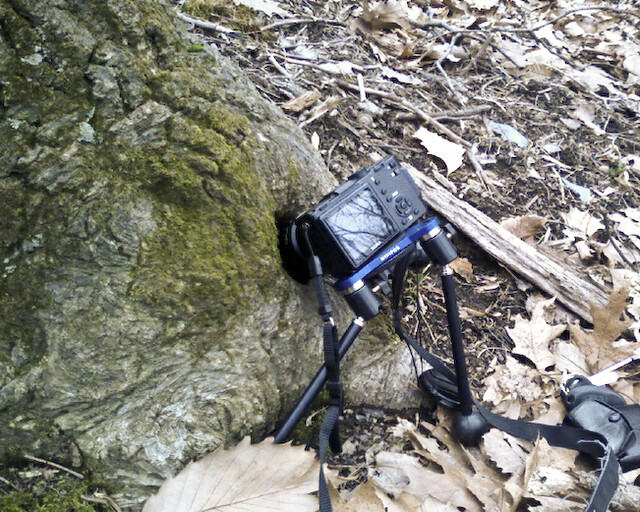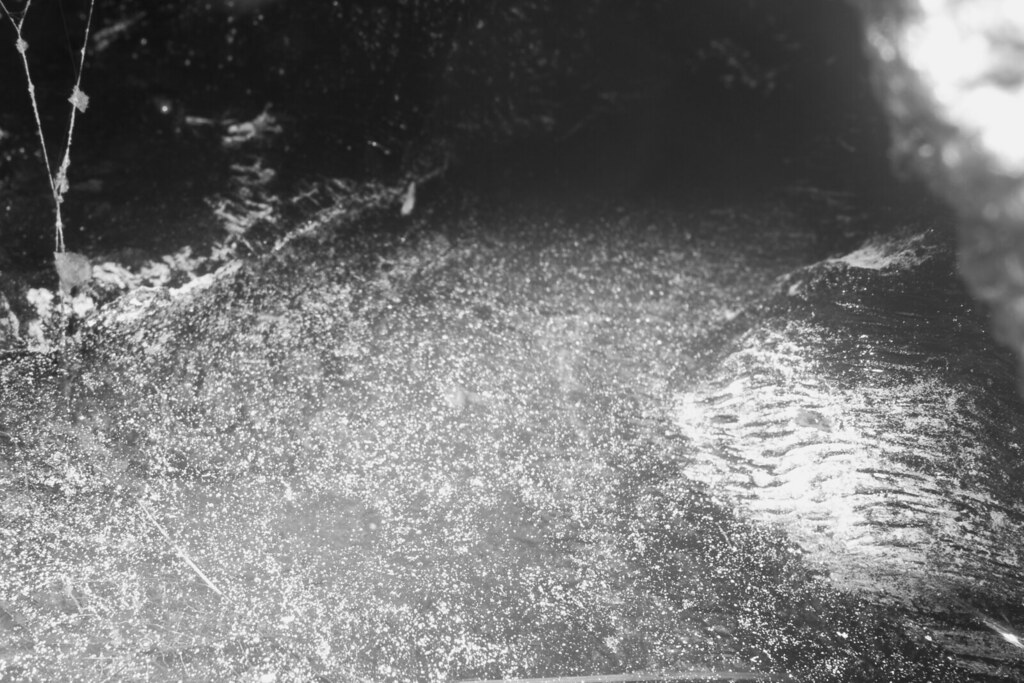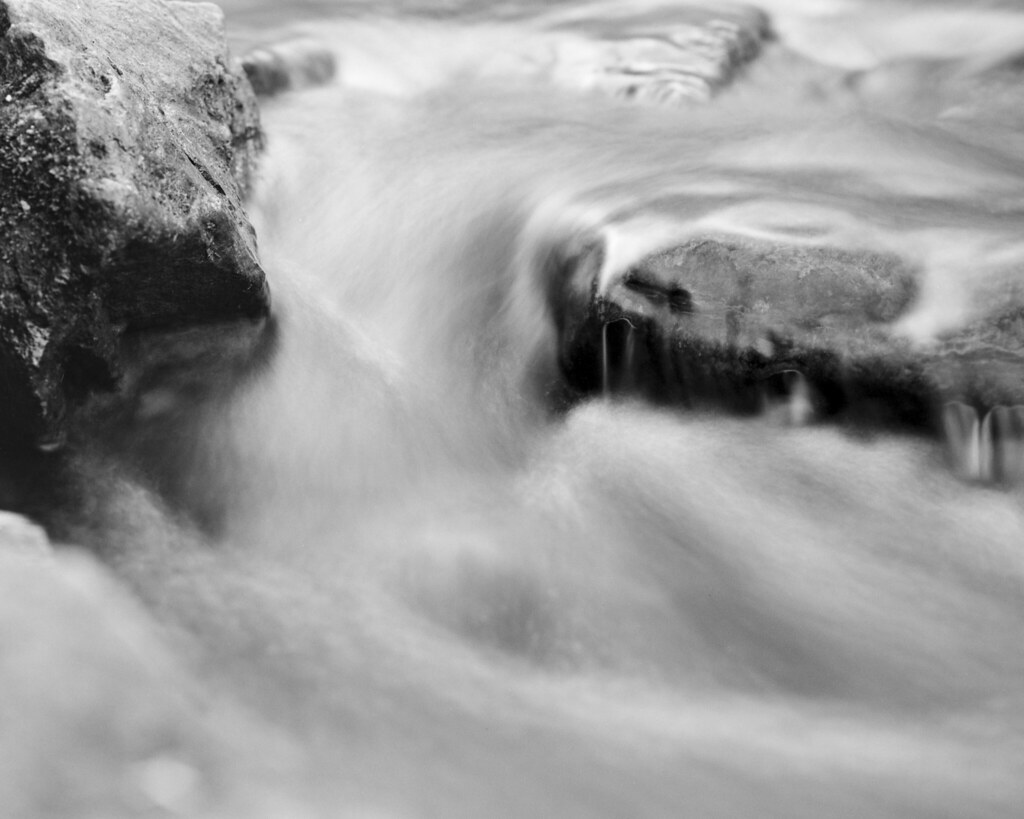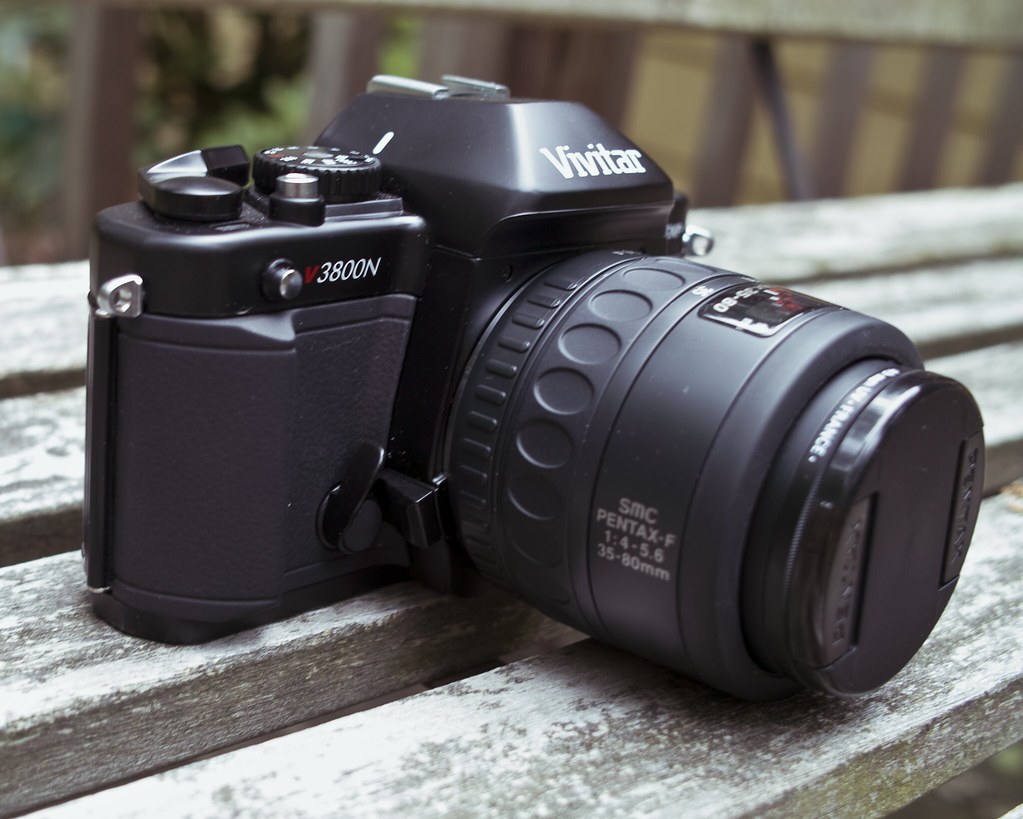Vivitar V3800N
Generally speaking, there are a few things I really look for in an SLR. Small size and light weight are very high priorities, as is fully manual operation via a mechanical shutter. At some point in my quest for a camera meeting these requirements, I ended up with a (Cosina-made) Vivitar V3800N, a plasticky, fully mechanical/manual K-mount camera with one interesting trick up its sleeve — it’s still being made and sold. It comes in two kits, either a zoom of some sort that didn’t interest me, or a 50/1.7 prime. I opted for the 50mm, and use it as a rainy-day, don’t-care-if-it-gets-wet-lens. I keep a nasty feeling (but incredibly light) Pentax 35-80 zoom on the V3800N. The camera now lives in the trunk of my car as a camera to lend to friends on impromptu photo-walks and for times when I would otherwise miss a shot for not having grabbed a camera when I left the house.

vivitar v3800n, pentax smc-f 35-80/4-5.6, kodak tri-x
i don’t ordinarily bring my good cameras poolside…
I can’t guarantee that the Vivitar will remain my ‘trunk camera’ forever. If I collect enough Pentax MXes, one of those could easily fill the position. If I overcome my fear of electronic shutters, a Super Program or P30t would also suffice. But for now, it’s the V3800N, for all its qualities and flaws. Starting out with the good — this camera is really light. This, of course, comes at the expense of being largely constructed of plastic, and likely not up to the torture tolerance of a K1000. As far as functionality, the camera scores pretty high. It gets points for its diagonal split rangefinder spot, coarse microprism collar, depth of field preview, and mirror lock-up on self timer. It has a multiple exposure feature, which it prominently advertises on the front of itself — something I have yet to use. Shutter is a vertical-travel Copal Square ranging from 1-1/2000, with flash sync at 1/125.

vivitar v3800n, 50/1.7 through extension, kodak tri-x 400
the kit lens is nothing special, but still a decent performer
The V3800N has a lot of nice features, but it’s still not a camera I would be quick to recommend. The plasticky feel is a bit hard to get over — I wouldn’t even begin to describe the camera as ‘solid.’ The match diode metering is nice (my preference over match needle), but only reads in three segments versus, say, the five LEDs in a Pentax MX. The film advance doesn’t feel too pleasant, and it doesn’t ratchet, which feels like a weird omission. The tripod thread is plastic, which I really don’t feel good about. Plastic threads repeatedly mating with metal threads is not a situation which inspires confidence in me. Finally, I had the meter straight-up fail during one of the few actual dedicated shoots I went on with the camera. The meter turned on, and responded to light, but was not linking with the lens or something. Fidgeting with the ISO setting eventually cleared it up, but this was not a great feeling from a brand new camera.
The Vivitar V3800N is not a horrible camera, and it is nice to see a fully manual, mechanical film SLR still being produced. At the price I imagine used ones go for, it would be a no-brainer backup camera that one would not mind if it got smashed to pieces. Rather than buying new, however, one would be better off finding a used classic K- or M- series Pentax which would almost certainly run more reliably for less money.
Check out the Vivitar V3800N group on Flickr. There’s also a general K-mount users group worth checking out. Finally, in reference to the Pentax ZX-M/MZ-M, Lewis Collard sings the praises of light, plasticky cameras.
Novoflex Minipod

novoflex minipod aiming a sigma dp2 into a tree hole.
I try to remain as minimalist with my photographic equipment as possible. I loathe tripods, and use them sparingly. One of my go-to bits of gear, if I need a little bit of support, is the Novoflex Minipod. Generally, I just use it without a head, although sometimes I throw on a lightweight macro rail if I’m doing macro work with my Sigma DP2. Above, my DP2 is mounted on the bare Novoflex, with a +4 diopter attachment, pointed into a hole in the base of a tree for a 15 second exposure. The resulting image:

scene inside a tree. sigma dp2, 15″ exposure
While I originally bought the Novoflex for macro shooting my DP2 in the woods, it has found a lot of use outside of this. Despite its small size, Novoflex rates it to support up to 22 pounds. Indeed, it has seen plenty of use with my medium format cameras, and I’ve never really felt like I’m testing it. Even on lightweight duty, it works wonderfully in situations where weaker tabletop tripods would simply not be steady enough, like the three-shots-with-three-different-filters approach of trichrome. One of my favorite uses, however, has been getting close to the water while keeping my M645 dry…

cunningham falls state park, mamiya m645 1000s, 80/4 macro, efke 25
…a task that would be difficult to do with such closeness and intimacy using any other camera support. General usage of the tripod is simple: one large wheel attaches a head or camera body, each leg adjusts individually using twist-locks, and each leg’s ball joint has indents for 30º, 60º, and 90º (full range). Legs hold tight in general usage, but too much fiddling can result in inadvertently putting too much weight on the tripod, causing legs to adjust in frustrating ways. Keeping careful and mindful keeps this to a minimum, and the tripod is generally quick to use. Unfortunately, this does all come at a price — online vendors in the US charge around $200, and a set of extension legs will run another $60. I have no experience with the extension legs, so I can’t speak to their stability. All in all though, if you’re looking for a best-in-class small tripod, the Novoflex can’t be beat.
